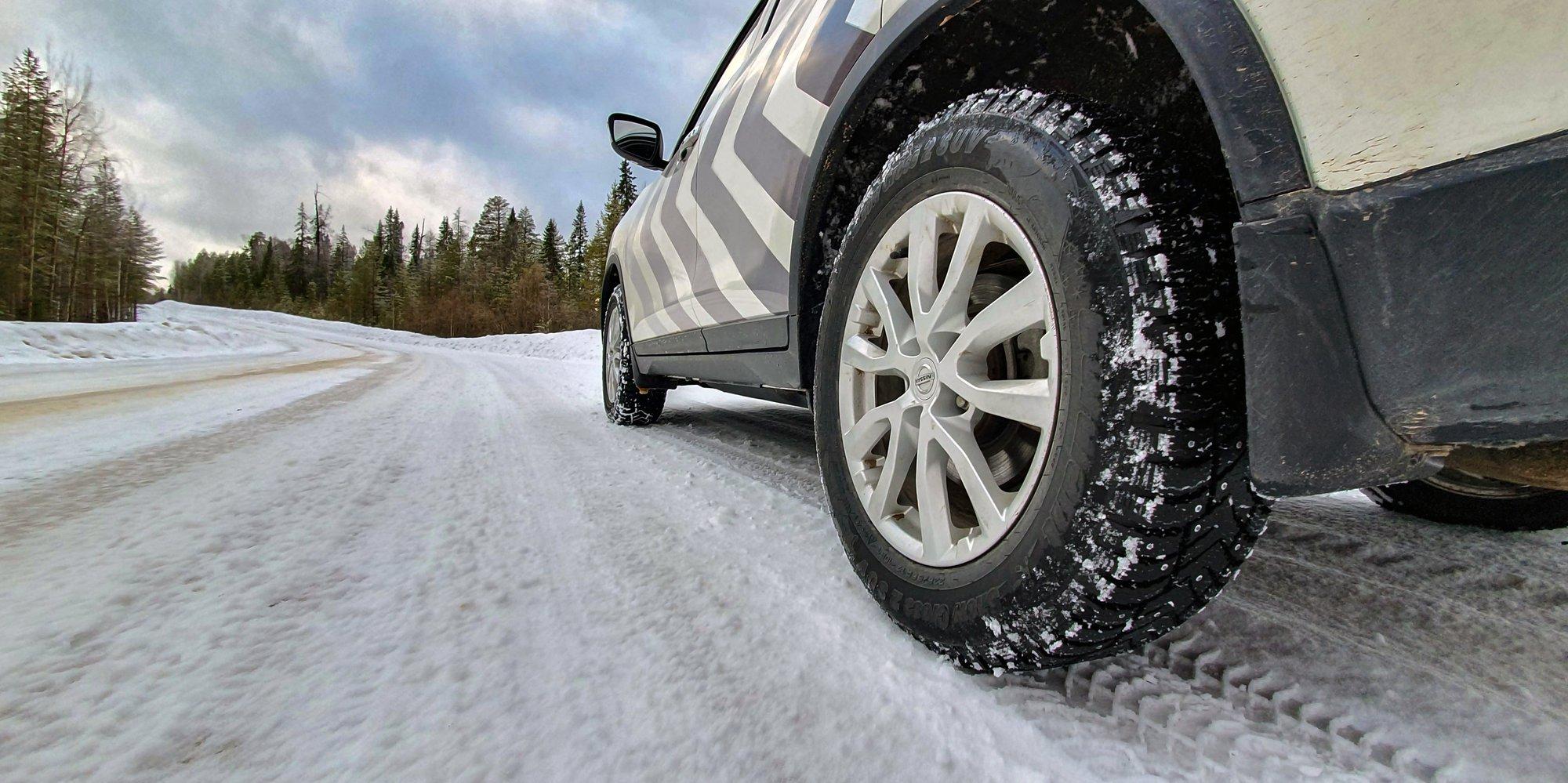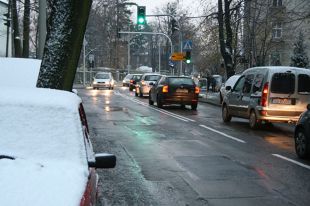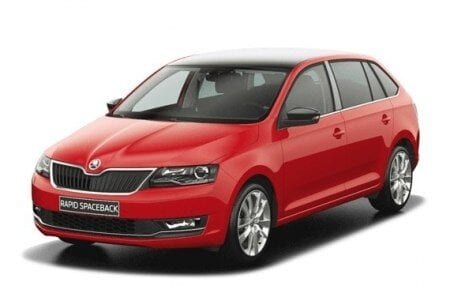
Winter Eco Driving
 How to drive in winter environmentally and economically? The rules are the same at any time of the year, but in difficult weather conditions, low temperatures further affect the safety of all road users.
How to drive in winter environmentally and economically? The rules are the same at any time of the year, but in difficult weather conditions, low temperatures further affect the safety of all road users.
Fast driving only superficially shortens the time of arrival at the destination, but very noticeably increases fuel consumption and affects  environmental pollution and, above all, road safety. Although the majority of Poles claim to apply eco-driving rules, most of them violate its basic rules. Eco-driving is a smooth ride that brings tangible benefits in the form of 5 to 25% fuel savings, lower operating costs, reduced greenhouse gas emissions and increased driving safety and comfort,” says Zbigniew Veseli, CEO of Renault. Driving school.
environmental pollution and, above all, road safety. Although the majority of Poles claim to apply eco-driving rules, most of them violate its basic rules. Eco-driving is a smooth ride that brings tangible benefits in the form of 5 to 25% fuel savings, lower operating costs, reduced greenhouse gas emissions and increased driving safety and comfort,” says Zbigniew Veseli, CEO of Renault. Driving school.
One of the most important principles of eco-driving is smooth driving at a constant speed, without sharp accelerations and brakings, advise Renault driving school instructors. Shift into a higher gear as soon as possible. Thus, you should downshift when the engine speed drops to about 1 rpm and up when the engine speed is about 000 rpm in diesel engines and about 2 rpm in diesel engines. , petrol engines. Remember to drive at 000 km/h in fourth or fifth gear.
While driving, it is recommended to accelerate by depressing 3/4 of the gas pedal. It is also important not to “relax” when approaching an intersection or stop. When parking for more than 1 minute, it is recommended to turn off the car engine.
Excess load on the car contributes to an increase in fuel consumption, so it is worth emptying the trunk and not driving with a box mounted on the roof. Let's not forget to regularly check the tire pressure, because its wrong level affects the amount of fuel consumed, - add Renault driving school instructors.

